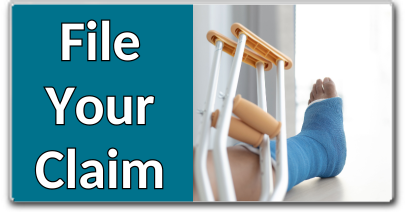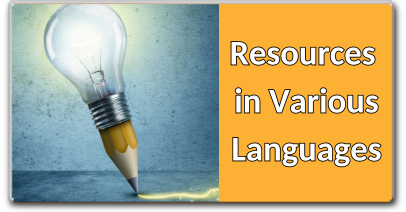Workers Compensation Board of Prince Edward Island
As an Island employer, your payments to the WCB fund PEI's workers compensation system. These contributions are based on your annual assessable payroll and your assessment rate.
Assessment rates are determined using the employer classification system, in which employers are assigned into different groups pertaining to their broader industry class. Industries are grouped together based on similar lines of business, and then assigned to a rate group based solely on claims experience.
Preventing accidents and reducing the risk of workplace injury can have a positive impact on assessment rates. For more information about how safety efforts can protect you and your workers, including the details of our Experience Rating program, please visit the Safety Matters page.
Assessment rates are set annually by the WCB's Board of Directors and are calculated per $100 of assessable payroll based on the maximum assessable earnings (MAE) for that year. The MAE for 2024 is $78,400. The rates are based on:
Each year in January, you will be informed about your assessment rate for the upcoming year. This information will be included in your registration renewal package. The payments webpage outlines your payment options.
Current rates for all Rate Groups can be found in the Classification of Industries & Assessment Rates booklet. For the 2024 Group Rates table, please click here.
You can learn more about assessment rates in the Information for Employers booklet and the WCB's employer services policies.
If you have questions about your assessment rate, or if you would like a copy of one of our publications, please contact us.
The employer classification system is based on three principles:
Assessment Rates
As an Island employer, your payments to the WCB fund PEI's workers compensation system. These contributions are based on your annual assessable payroll and your assessment rate.
Assessment rates are determined using the employer classification system, in which employers are assigned into different groups pertaining to their broader industry class. Industries are grouped together based on similar lines of business, and then assigned to a rate group based solely on claims experience.
Preventing accidents and reducing the risk of workplace injury can have a positive impact on assessment rates. For more information about how safety efforts can protect you and your workers, including the details of our Experience Rating program, please visit the Safety Matters page.
Assessment rates are set annually by the WCB's Board of Directors and are calculated per $100 of assessable payroll based on the maximum assessable earnings (MAE) for that year. The MAE for 2024 is $78,400. The rates are based on:
- The relative costs of injuries.
- The payroll for all employers in each rate group.
- The cost of administering the compensation system.
Each year in January, you will be informed about your assessment rate for the upcoming year. This information will be included in your registration renewal package. The payments webpage outlines your payment options.
Current rates for all Rate Groups can be found in the Classification of Industries & Assessment Rates booklet. For the 2024 Group Rates table, please click here.
You can learn more about assessment rates in the Information for Employers booklet and the WCB's employer services policies.
If you have questions about your assessment rate, or if you would like a copy of one of our publications, please contact us.
Employer Classification System
Employers in PEI are classified by the industry they operate in, and this classification is based on the employer's primary business activity. Employers within each class, who have similar operations and share similar risks, are further grouped together for rate setting purposes.The employer classification system is based on three principles:
- Balance. It recognizes different risk levels among employers, is clear and transparent, and provides adequate protection to Island employers.
- Consistency. It is objective, stands the test of time, and takes into account both cost experience and line of business.
- Motivation. It supports injury prevention initiatives and is based on credible cost experience that reflects an industry's true injury risk and costs.








